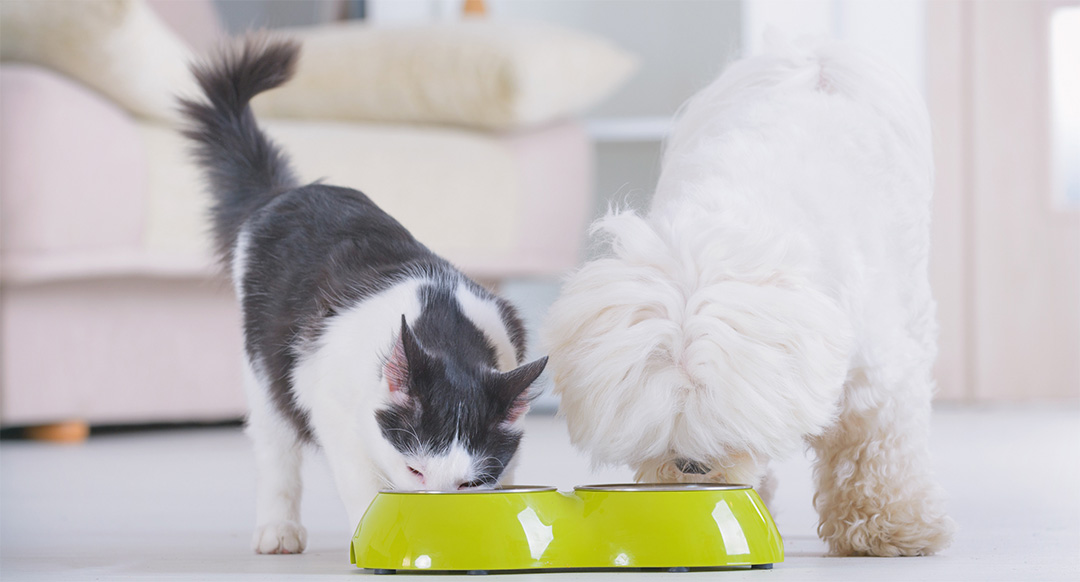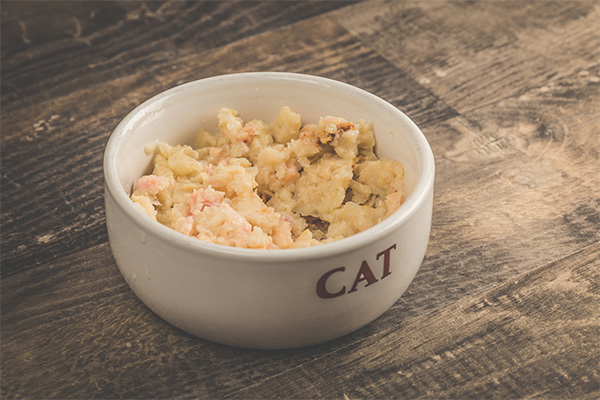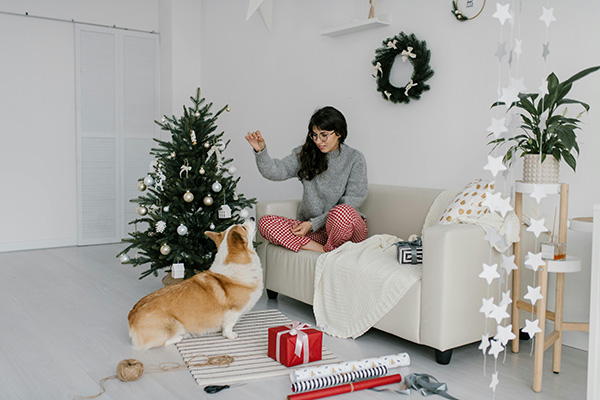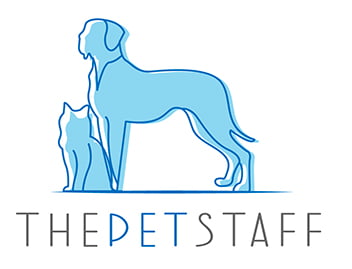As a devoted pet owner, you strive to provide the best for your beloved furry friend. Whether you're a new parent with a pup or a seasoned dog parent, you may have pondered that age-old question: can dogs eat cat food? What do I do if my dog ate cat food? Is cat food bad for dogs? This is an important topic, as our pets often indulge in other species' food, especially since many households have cats and dogs under the same roof.
Let's dive into the differences between cat and dog food, explore the potential risks of letting your dog eat cat food, and discuss what actions you can take in specific scenarios.
Understanding the Different Nutritional Needs

What Cats Need
Cats are obligate carnivores, which means their diet needs to be predominantly meat-based. Their nutritional requirements are specific and very different from those of dogs:
High Protein Needs: Cat food is typically higher in protein than dog food, often containing around 30-50% protein.
Essential Amino Acids: Cats require taurine, an essential amino acid that dogs can synthesize naturally.
Fat Content: Cat food typically contains higher fat levels to satisfy their energy requirements.
Other Nutrients: Cats require extra nutrients such as vitamin A and arachidonic acid, which are exclusively available from animal-based sources.
What Dogs Need
Dogs are omnivores and can eat a mix of meat, vegetables, and grains. They're more flexible with their diet than cats:
Balanced Diet: While they do require protein, they also need carbohydrates and fiber as part of a balanced diet.
Amino Acids: Dogs can synthesize certain amino acids, such as taurine, and don't need as much taurine-rich food.
Moderate Fat: Dogs are fine with lower-fat options, unlike cats.
Is It Safe for Dogs to Eat Wet or Dry Cat Food?

If your dog sneaks a few bites of a cat's bowl occasionally (whether dry or wet cat food), it's generally not a major cause for concern to healthy adult dogs. It is not ideal for your dog to eat cat food regularly, nor should you feed your dog cat food, as cat food is formulated to meet a cat's nutritional needs. If your dog consumes cat food, it's important to watch for any symptoms of digestive upset or potential allergic reactions. If your dog eats cat food frequently or eats only cat food, consider feeding them separately and consulting a vet for guidance.
Allowing your dog to eat cat food regularly is not advisable. Here’s why:
Nutritional Imbalance: While cat foods may seem like a great alternative to dog foods, cat food is not formulated for a dog's nutritional needs and lacks many beneficial nutrients dogs require.
Excessive Protein and Fat: The elevated levels of protein and fat may contribute to obesity and pancreatitis in dogs.
Digestive Problems: Some dogs experience digestive upset, such as diarrhea or vomiting, after consuming cat food.
Potential Health Risks
There are health risks for dogs eating cat food, and here are some health issues that can arise if a dog habitually eats cat food:
Digestive Upset
Since cat food is richer and higher in fat than dog food, it can be hard for a dog’s digestive system to handle. Feeding cat food to your dog can lead to gastrointestinal issues like vomiting, diarrhea, or excess gas. Dogs who eat cat food occasionally might handle it fine, but repeated exposure can irritate the digestive system and lead to discomfort.
Obesity
Cat food contains more calories and fat than dog food, designed to meet a cat’s energy needs. Dogs who regularly consume cat food can easily gain weight due to the higher calorie intake, especially if they’re not as active. Excess weight can lead to a range of health issues, such as joint stress, heart conditions, and a diminished quality of life.
Pancreatitis
Pancreatitis refers to inflammation of the pancreas, typically caused by consuming foods high in fat. While it occurs more frequently in dogs than in cats, dogs face a heightened risk if they regularly consume cat food, which tends to have a higher fat content. Symptoms include intense abdominal pain, vomiting, fatigue, and a lack of appetite, often necessitating urgent veterinary attention.
Nutrient Deficiencies
Cat food is nutritionally balanced for cats, not dogs, and lacks certain nutrients that dogs need. Dogs, as omnivores, require a balanced diet that includes vegetables, grains, and specific nutrients that aren’t in cat food. Long-term cat food consumption can lead to nutrient deficiencies like vitamin E, zinc, and omega-3 fatty acids, potentially affecting their skin, coat, and immune health.
Kidney and Liver Strain
Cat food generally has higher protein levels because cats need more protein than dogs. Dogs that regularly consume a high-protein diet not intended for them may put a strain on their kidneys and liver, as these organs work harder to process the excess protein. Older dogs or those with pre-existing kidney or liver issues are especially at risk, as high-protein diets can worsen these conditions over time.
How to stop dogs from eating cat food

By setting up a consistent routine and possibly making some environmental changes, you can successfully prevent your dog from eating cat food and ensure both pets get the nutrition they need. Here are some effective strategies to keep dogs from eating cat food:
Separate Feeding Areas: Feed your cat in a different room, preferably behind a closed door, to prevent your dog from accessing the food. Baby gates with a small opening can also work, allowing your cat in but keeping your dog out.
Elevate the Cat's Food: Place the cat’s food bowl on a high counter, shelf, or other elevated surface that your dog can’t reach but is easily accessible for your cat.
Use a Feeding Schedule: Feed both pets simultaneously but in different locations. This allows you to monitor their eating habits and ensures they finish eating before food becomes accessible to the other.
Consider a Cat Feeding Station: Cat feeding stations or pet gates with cat doors provide a designated feeding area for your cat that dogs cannot access. Some feeding stations have small entrances that are only big enough for cats.
Invest in a Microchip or RFID Cat Feeder: Microchip-activated feeders are only open for specific pets, like your cat. These feeders work with your cat’s microchip or an RFID collar tag, which makes it nearly impossible for your dog to access the cat’s food.
Train the Dog: Use positive reinforcement to train your dog to stay away from the cat’s food. Teach the “leave it” command to discourage your dog from going near the cat’s food and reward it when it follows this command.
Remove Leftovers: If your cat doesn’t finish its food, remove any leftovers promptly to prevent your dog from eating them later. Feeding your cat measured portions can help limit leftovers.
Monitor Feeding Times: Stay present during feeding times to supervise and ensure that each pet eats from its own bowl.
